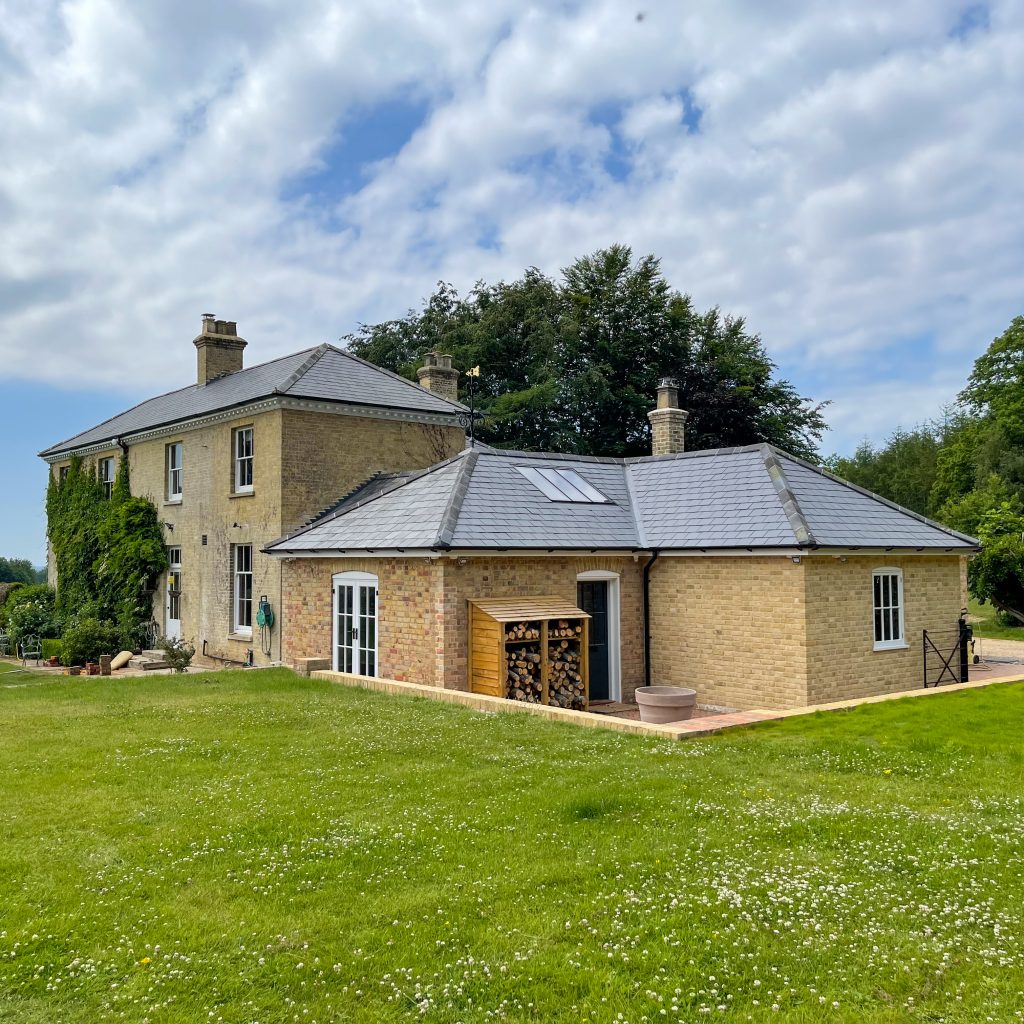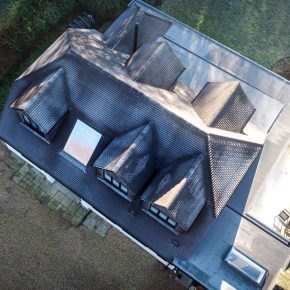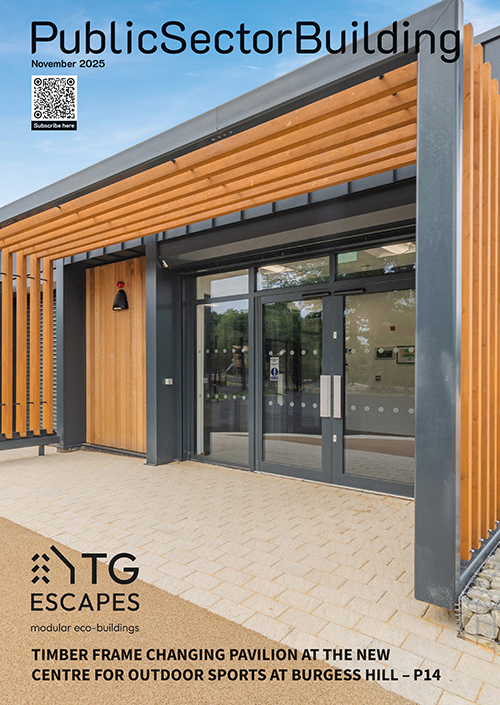Paul Trace, from Stella Rooflight, offers some advice on the important considerations when specifying conservation rooflights…
What if I live in a conservation area or a Listed property?
The chances are you will need a genuine conservation rooflight, which sits flush within the roofline and fits in with the aesthetics of the surrounding area. You may need approval from your local Conservation Officer before ordering your rooflight. Always check first!
Do I need a bespoke or standard size rooflight?
If you live in a period property the chances are that you may need something of a bespoke size and design to fit between non-standard rafter sizes. If you have a modern property, you may still want a bespoke option which allows for greater flexibility and individuality of design.
Do I need an opening or fixed rooflight design?
That will depend on a number of factors including if ventilation or access is required, or if there are budget constraints. Fixed designs are generally a lot less expensive.
How will my rooflight be delivered?
Most rooflights will arrive on a pallet. Depending on the size and weight, they may be too large for a tail lift facility. If that is the case it is essential that you have suitable facilities to unload the delivery vehicle. A variety of vehicles may be used for deliveries and it is important that you tell your manufacturer about any access or issues which may have an impact on your delivery.

You should always arrange a delivery date with your manufacturer to ensure that you have ample time to make arrangements. It is important to organise your site to be ready for delivery and avoid any additional charges.
If you are not intending to install your rooflight immediately make sure you have suitable dry storage for your rooflight.
How will my rooflight be installed?
Most rooflight companies are supply only, which means you will have to arrange installation with your roofer or builder. Conservation rooflights need to be installed flush with in the roofline and may require a specialist conservation builder to do the job correctly.
Incorrect installation can be a costly mistake, so its’ worth doing your due diligence in advance when it comes to finding a suitable installer.
How am I going to get my rooflight in position?
Do not leave this to chance. Make sure you discuss this important factor in advance with your builder. They will need to know the exact weight and size of the rooflight to ensure that there is enough manpower or specialist lifting equipment to get your rooflight on to the roof and also to ensure that the roof is sturdy enough to carry the weight.
It may be necessary to use a crane to lift your rooflight on to the roof. If this is the case make sure your rooflight manufacturer knows this so they can include lifting eyes to the frame. It may also be necessary to lift or crane the rooflight into position directly from the delivery vehicle. This will require carefully planned logistics from all parties involved.
How quickly do I need my rooflight?
Don’t leave your rooflight purchase until the last minute – especially if you require something bespoke. The bespoke rooflight manufacturing process can take up to 12 weeks.
Timings will be crucial, especially if you have a large hole in your roof in the middle of winter and / or if storage on your site is an issue.
Engage with your rooflight company at an early stage to agree exact timelines for manufacturing and delivery to avoid any misunderstanding or disappointment.
Can I access my rooflight for maintenance?
Rooflights are typically placed high up on the roof where accessibility is an issue. This can create problems with maintenance schedules, which must be upheld to ensure the validity of the rooflight’s warranty. You may require the services of a specialist cleaning company for both the internal and external upkeep.
What type of glass do I need?
Glass types for bespoke conservation rooflights are varied and can include options for increased thermal performance, improved security, safety and solar control. Make sure you discuss your preferred options with your rooflight manufacturer.
What if I live near the coast?
If you live within a 5 mile radius of the coast then your metal conservation rooflight will be affected by issues of rust. This can be overcome by specifying 316L stainless steel in the manufacturing process.
What does the warranty on my rooflight cover?
Warranties will cover various elements of your rooflight, from the frame to the glass. Make sure you read all the small print and don’t be fooled by misleading guarantees and warranties. Most warranties will require you to follow some form of maintenance schedule to ensure their validity.
Are all conservation rooflights the same?
Definitely not! There’s a huge difference in the type of products available in the conservation rooflight market. Make sure you are comparing like for like when it comes to doing your research and obtaining quotes and consider what the most important things are in your decision making process.
For more information download ‘The Ultimate Guide to Conservation Rooflights’ – an independent guide to everything you need to know about specifying conservation rooflights – available exclusively on the Stella Rooflight website.




